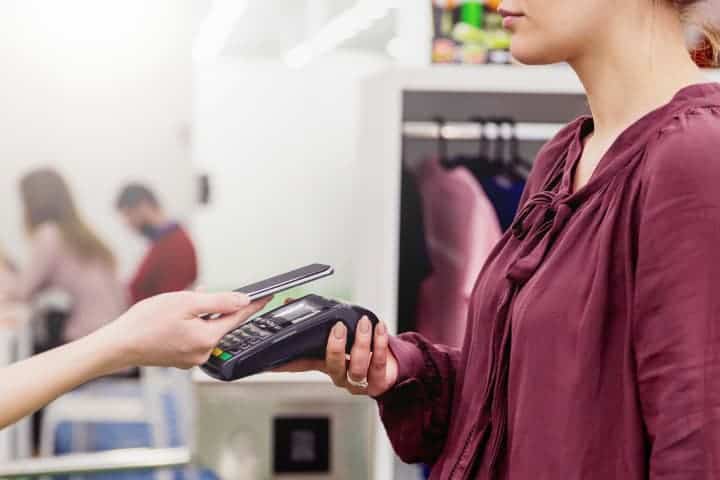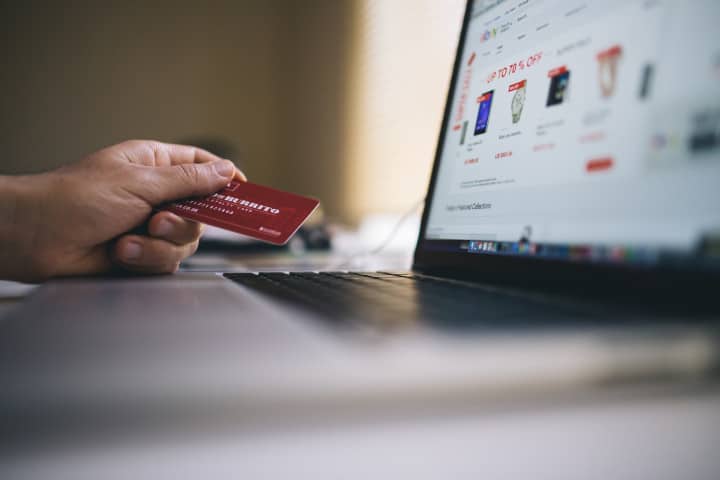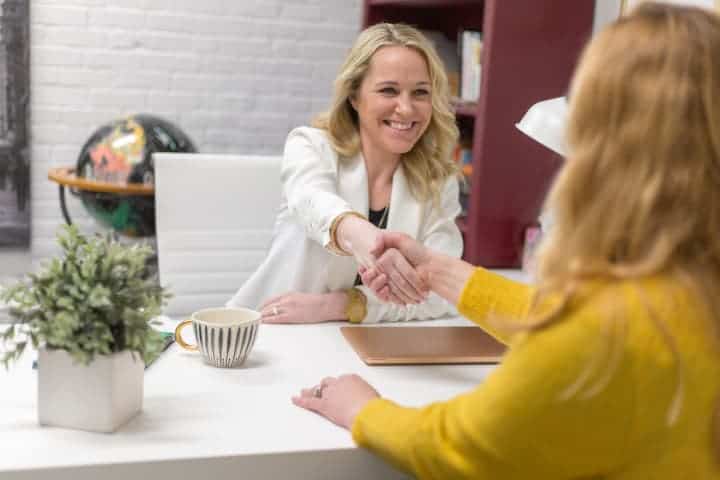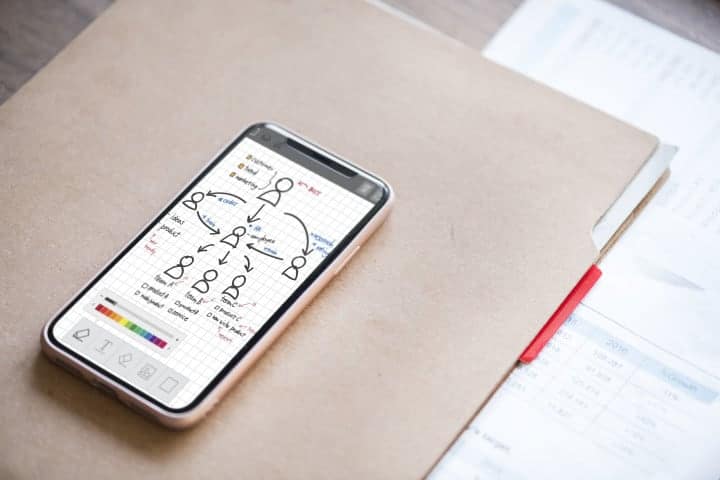As the old adage says, customers are the lifeblood of a business. Plain and simple.
As a small business owner, you need to wear many hats. It’s easy to get caught up in day-to-day operations and not put customers first.
However, selling goes beyond pitching a product. In a competitive market, your customers need a little extra attention.
That’s why a key ingredient to a successful Customer Experience (CX) is your ability to create an effective customer journey map. When done correctly, it can dramatically improve every experience your customers have with your business, from the attraction stage all the way through their final purchase and post-purchase behaviour.
So, exactly what is the customer journey? What are the benefits of creating a customer journey map, and how can you deliver value at each stage of your customer journey?
Let’s dive deep into the customer journey stages and the best ways to optimise each of them so that you can improve customer engagement and turn meaningful business insights into successful long-term strategies.
Table of contents:
Table of Contents
1. 4 Stages of the Customer Journey and How to Optimise Them

Every time your business attracts potential customers, those customers go through a step-by-step journey to determine whether or not to do business with you.
This journey starts with their very first interaction with your business and continues even after making a purchase.
Your existing customer data helps you track the customer journey and map out various behavioural scenarios.
You might be thinking, “How can I possibly know a customer’s behaviour once they visit my website?”
Believe it or not, creating customer journey maps doesn’t necessarily need to be a tough undertaking. There are many effective ways to fully understand and track the journey your customers go through when interacting with your business.
I have already shared some proven tips on how to build a winning sales funnel. Your customer journey and sales funnel may seem the same, but they are actually different.
While your sales funnel is inward-looking and works to gain more leads and convert them into paying customers, your customer journey is outward-looking, focusing on the overall experience a customer has with your business, from awareness to purchase and retention.
With that being said, let’s take an in-depth look at each stage of the customer journey and how to optimise them for success.
1.1. Awareness

The awareness stage is the first step customers take when actively seeking out answers to solve a specific problem. They become familiar with your brand through various channels, such as advertising, testimonials, or word-of-mouth.
It is vitally important that you build trust and deliver value during this initial stage. After all, how can consumers choose you over your competitors if they don’t know that you exist?
At this phase, your goal is to make potential customers aware of your products or services.
Maybe it goes without saying or maybe not, but brand awareness can go a long way when it comes to keeping your brand top of mind and creating a bond between your business and target audience.
To deliver value at this stage, you need to offer the right content. Essentially, when consumers are looking to solve a specific problem, your brand has to come in and save the day.
Here are some of the most common types of content you can use to optimise the awareness stage:
- Guides, how-tos, blog posts – This type of content is also great for increasing SEO rankings, which in turn helps you reach out to your target audience easier (among other far-reaching benefits).
- Videos – Implementing videos in the awareness stage is a surefire way to showcase the human side of your business and make your business more approachable.
- Product how-tos and tutorials – Product how-tos and tutorials help you explain your products and clearly highlight how they can solve consumers’ specific problems.
- eBooks – Not only do eBooks increase website traffic and help you reach your target audience, but they can also capture email addresses so that you can contact people who may be interested in your products.
1.2. Consideration

The next stage in the customer journey is consideration. During this stage, customers are fully aware that a solution exists for their problems.
At this phase, they have narrowed down their options and picked out a few businesses that could effectively solve their pain points.
Since their research phase isn’t over yet, you need to provide them with the information they need to make a smart purchasing decision.
It is vitally important that you offer your prospects high-quality content at this stage so that they can progress further into your buyer’s journey and ultimately become loyal customers.
Remember, the consideration stage’s main goal is to provide the right information these prospects need to consider your product or service as the best choice to solve their pain point.
To optimise this stage in your buyer’s journey, you need to focus on:
- Collecting customer reviews – According to Findstack, 72% of customers say they use Google reviews to find businesses, and 34% of shoppers say they always read online reviews. Customer reviews stimulate the decision to buy, so make sure you collect and respond to each of them. Make sure you also display them on your website. Typically, customers are more likely to purchase from a website that displays customer reviews than a website that doesn’t.
- Create an effective FAQ page – FAQs have the purpose of providing quick information to help customers make a purchase decision. At this stage of the buyer’s journey, most customers read FAQs before choosing the right business for them.
- Providing free samples or trials – Free samples or product trials allow potential customers to try out your product and ultimately give them the ability to make an informed, calculated, smart purchase decision.
1.3. Purchase

Up to this point, customers have done their research. Now they are well-informed and know which products or services best fit their needs and have the ability to solve their pain points.
So, the third stage in the customer’s journey is the decision stage, where your prospects are ready to make a decision.
If they choose one of your competitors, their journey with you ends for now. However, you are likely to hear back from your prospects. You will always have a few lapsed leads you could possibly re-engage and harness for new sales.
Here are a few tactics to optimise this stage and convert leads into first-time buyers:
- Offer a freebie or discount – Let’s admit it; people love freebies. Who doesn’t like an unexpected gift or giveaway? At this stage of the buyer’s journey, you can successfully use freebies or discounts to improve your conversion rates and gain a competitive edge.
- Build massive trust with your prospects – An old adage says that consumers buy from people they like. While they don’t usually buy from people they dislike, trust plays a crucial role in determining them to make a purchase. Put simply, consumers buy from people they trust. Make sure you build an impeccable business reputation to get prospects to trust you. If you’re running a home-based business, consider getting a virtual office to quickly boost positive perception of your business.
- Provide excellent customer service – Make sure you never miss a business call, as many prospects are looking for answers to FAQs and more specific questions before making a purchase. Get 24/7 live phone coverage using a professional virtual receptionist and show your potential customers that you care and you’re always available for them.
1.4. Closing

So, your leads have now been successfully converted into customers. Congratulations! However, the journey doesn’t end when customers make a purchase.
If your new customers have made it this far, now it’s the right time to focus on keeping them happy and turning them into recurring ones.
Ensuring that your customers are satisfied and they’re getting the most out of your products increases the likelihood that they recommend your business to others and even become brand advocates.
Enthusiastic customers are a powerful marketing force who can elevate your brand through word-of-mouth marketing.
At this stage, you can deliver value to your customer by:
- Conducting customer surveys – Incorporating customer feedback into your business and conducting surveys helps you gain meaningful insights, identify patterns, predict trends, and ultimately increase customer satisfaction and retention rates.
- Rewarding loyal customers – There are many ways you can reward your best customers for their loyalty and encourage them to keep coming back. Offering discounts, free goods, or loyalty card schemes to regular customers demonstrates that you value and appreciate them.
- Sending customers tips for product use – Offer your customers advice on how to get the most out of your products or services. For example, you can email them tips or how-tos on using or maintaining your products. Always provide helpful information and teach your customers how to use certain features.

Conclusion: There you have it; the four stages of your customer journey and the best practices for optimising each of them.
Understanding each stage of the customer journey helps you find ways to move customers from one stage to the next and build a loyal audience.
When successfully implemented, your customer journey map becomes the cornerstone of a powerful marketing strategy that enables you to increase market share and revenue.
If you’re looking for ways to increase brand awareness and build massive trust with customers, you’ve come to the right place. B2B HQ can provide you with a professional, cost-effective, fully equipped virtual office that includes everything your business needs to optimise your customer journey and convert more leads into loyal customers. It would be a pleasure for us to be part of your success story!
